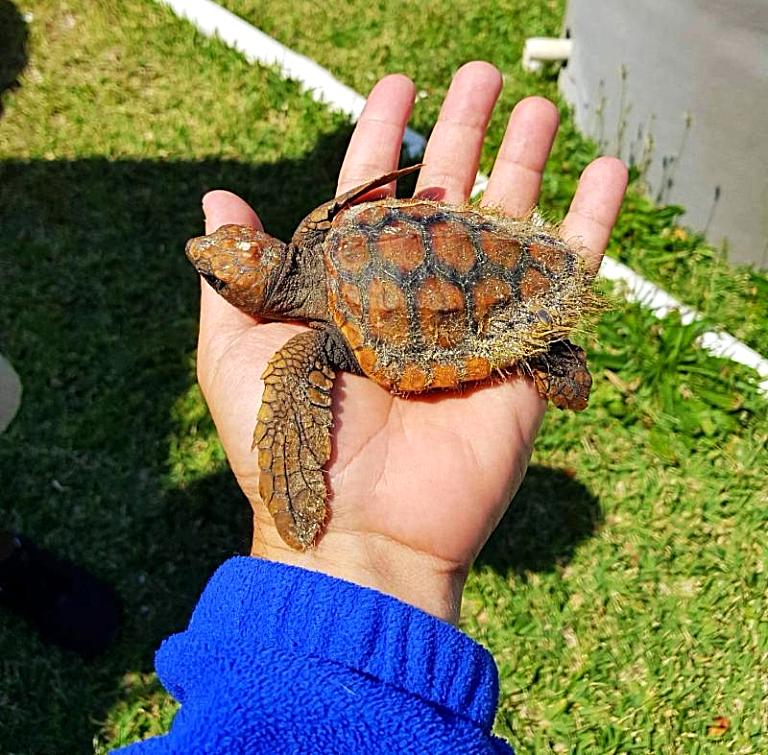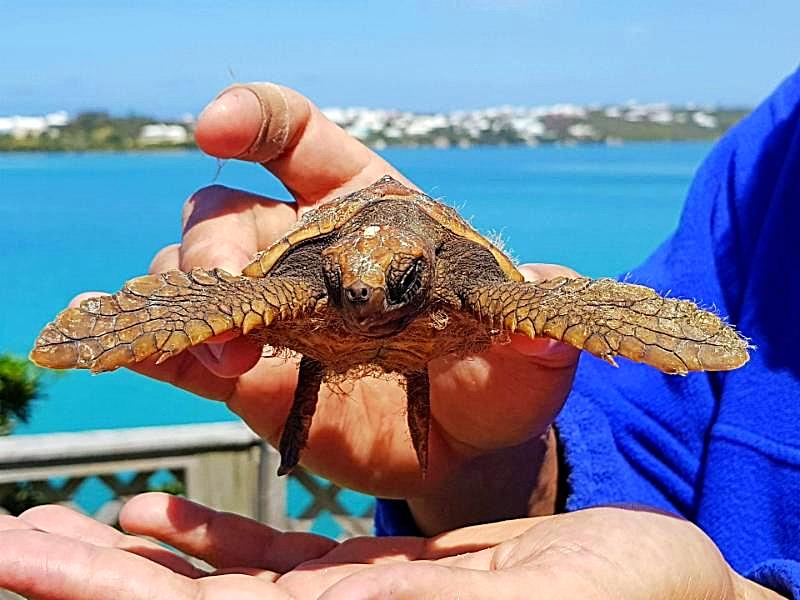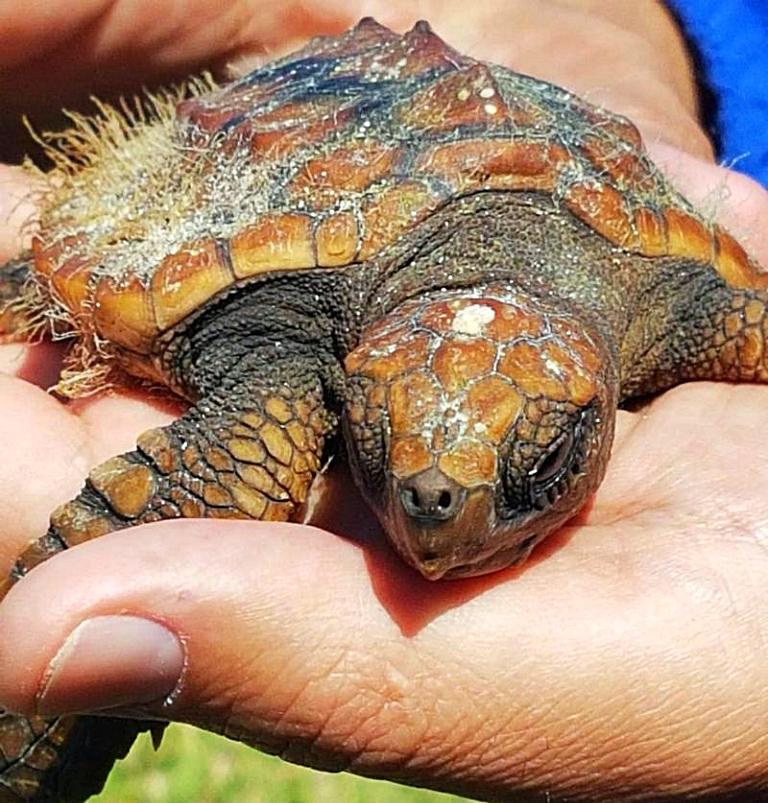Recent News
Students get virtual lessons on ocean conservationFriday, April 09, 2021
Students have been able to participate virtually in a programme teaching them about ocean conservation and how to be confident in the water.
“Kids On The Reef” Programme Held Virtually
Monday, April 05, 2021
Bermuda Zoological Society’s Kids On The Reef [KOTR] programme — sponsored by AXA XL — was held virtually due to the Island under lockdown last spring due to the Covid-19 pandemic.
Tributes to Eric Clee, former president of the Bermuda Zoological Society
Tuesday, March 30, 2021
A founding member and former president of the Bermuda Zoological Society who steered the finances of the Aquarium has died at 92.
Teachers skills boost from Bermuda Zoological Society
Monday, February 22, 2021
Teachers went back to school as part of a two-day professional development workshop designed to boost skills.
Workshop For Middle School Science Teachers
Monday, February 22, 2021
A two-day teacher professional development workshop for middle school science teachers was held on 8th and 9th February. Sponsored by the Ministry of Education, the workshop was facilitated by Dr. Stephanie Toro of Academic Independence Coaching, assisted by Bermuda Zoological Society [BZS] staff and materials from the BZS GASS programmes.
About
GovernanceAbout Us
Newsletter
Latest News
Gift & Bookstore
Contact
General Inquiries
info@bzs.bm
Latest News
All the latest updates and news from the Bermuda Aquarium, Museum, and Zoo, one of Bermuda's leading visitor attractions!
Excerpt from WILD News May 2018

This is Sheldon, a juvenile loggerhead turtle. Between December and March juvenile sea turtles (loggerheads, hawksbills and green sea turtles) will be swept up past Bermuda as they drift with their transient home of Sargassum. Sargassum is brown algae found in the Atlantic Ocean that forms dense floating masses called rafts which provide shelter, transport and food for many organisms. During this stage of their life (post hatchling), turtles are carried around with the currents. The Sargassum provides food such shrimp, tiny crabs and fish. Sea turtles eat whatever floats by and this often gets them into trouble. The Sargasso Sea is located in the North Atlantic Gyre and collects lots of microplastics. Sea turtles are not picky eaters and may eat the plastics This can cause an impaction of their digestive tract which can be life-threatening.


As they pass by Bermuda, they may be washed ashore by a winter storm or get picked up by birds that later drop them. As a result, these little critters can end up on one of our beaches or dropped amongst the rocks. The Wildlife Rehabilitation Department at BAMZ sees one or two post hatchling sea turtles a year. These post hatchlings are three to four inches in length and tend to be thin and exhausted from their journey. Because of their tiny size, they may have sustained injuries from predator attacks. We monitor them and give them time to rest and regain strength. Any injuries are treated and an appropriate amount of time is given to heal. We wait until the water warms up and we see large rafts of Sargassum returning offshore (May or June) before releasing them. By this time they have grown six to eight inches long. The release is done offshore so they can pick up the currents under a Sargassum raft and continue on their ocean journey. They will return to Bermuda again in 3-4 years as they move from their pelagic lifestyle to the reef shelf.

The current juvenile loggerhead was found on the beach at Willowbank on March 30, 2018. It appears healthy and is gaining weight. We hope to get it back out to the big blue in the near future. Note the tank it is currently in is actually the perfect spot for it at the moment. It would normally be in the open ocean all day in a vast sea of blue, and only given shelter by a Sargassum raft. The blue background is exactly what it would be seeing in the wild. Also, we can't tell the sex of the turtle at this age without a blood sample, so the sex remains unknown.



